1. Roy and Silo, Central Park Zoo Penguins
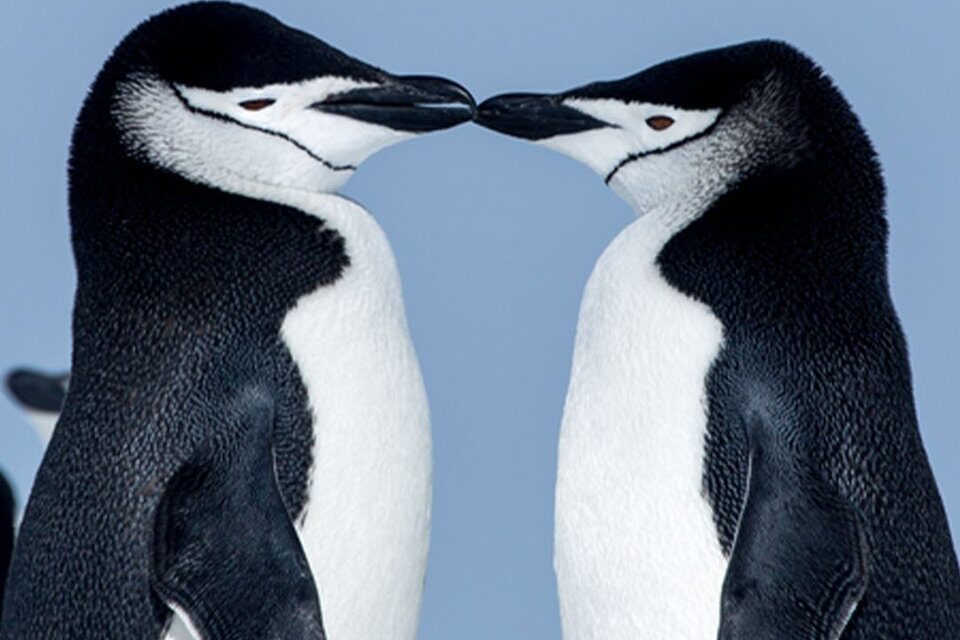
Roy and Silo, the famous same-sex penguin couple from New York’s Central Park Zoo, became global icons when they successfully incubated and raised a chick together; given to them by zoo keepers. Their story challenged long-held scientific assumptions by demonstrating that same-sex pairings occur naturally in the wild and can result in successful parenting. This case sparked widespread discussion about the diversity of love and family structures in animal species, pushing scientists to reconsider how they study bonding and reproduction beyond traditional male-female roles.
2. Bonobos Use Intimacy to Bond and Heal
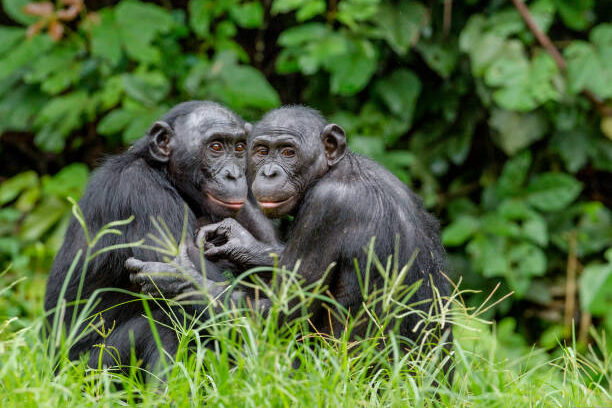
Bonobos are often called our closest cousins in the primate world, and their social lives are unique because they use sexual contact for much more than reproduction. It’s a key way they form bonds, reduce tension, and solve conflicts peacefully. This behavior blurs the line between survival-driven instincts and emotional connections, suggesting that sex in the animal kingdom can be a form of social glue and even a language of love, not just a biological necessity.
3. Dogs and Humans: Emotional Connection

The bond between dogs and humans ranks as one of the most intimate interspecies relationships. Research shows dogs have evolved to read human facial expressions and emotions, responding with empathy and loyalty. This unique connection goes beyond companionship , dogs seem to genuinely understand and reciprocate human feelings. This revelation has deepened scientists’ understanding of how relationships can cross species boundaries, highlighting love as a powerful, universal force.
4. Gibbons Show Changing Pair Bonds

Gibbons have long been thought of as monogamous creatures, often described as “true” one-partner-for-life animals. Yet, recent studies reveal that gibbons sometimes dissolve pair bonds and form new partnerships, much like humans do. This challenges the idea of fixed, lifelong love in animals, suggesting that bonding may be more fluid and adaptable than once believed. It shows that love in the animal world can evolve, reflecting changing circumstances or personal needs.
5. Capuchin Monkeys Demonstrate Empathy
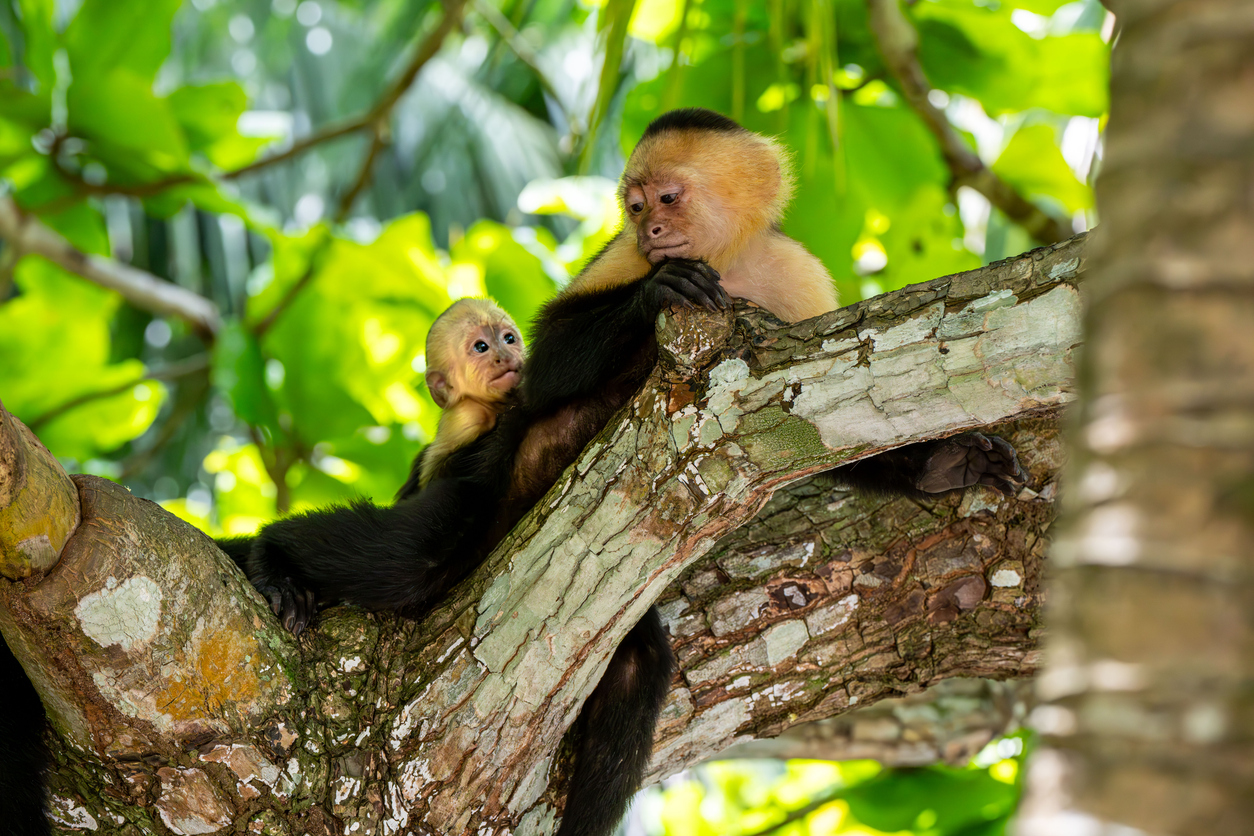
Capuchin monkeys are known not only for their intelligence but also for their surprising acts of kindness. They have been observed adopting orphaned youngsters unrelated to them and showing genuine empathy toward injured group members. These behaviors indicate a deep social awareness and emotional connection, demonstrating that love and compassion are not exclusively human traits but are present in other animals as well.
6. Dolphins Form Strong Bonds
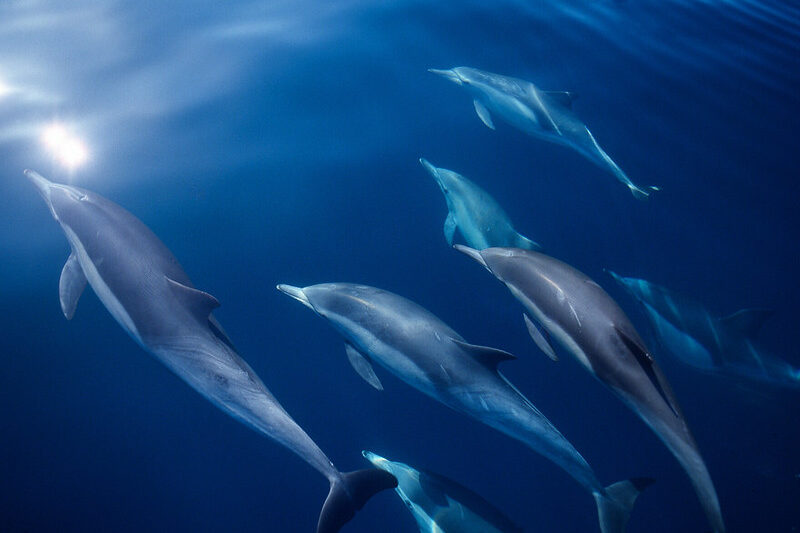
Dolphins are incredibly social creatures known for forming long-lasting friendships and alliances. Some of these bonds are particularly strong between males, who often maintain close partnerships that include mating activities. These male-male friendships help with cooperation and protection, revealing complex social relationships based on trust and affection. Such connections challenge previous ideas that animal relationships are purely functional, highlighting emotional depth and loyalty in dolphin societies.
7. Elephants Experience Deep Emotions
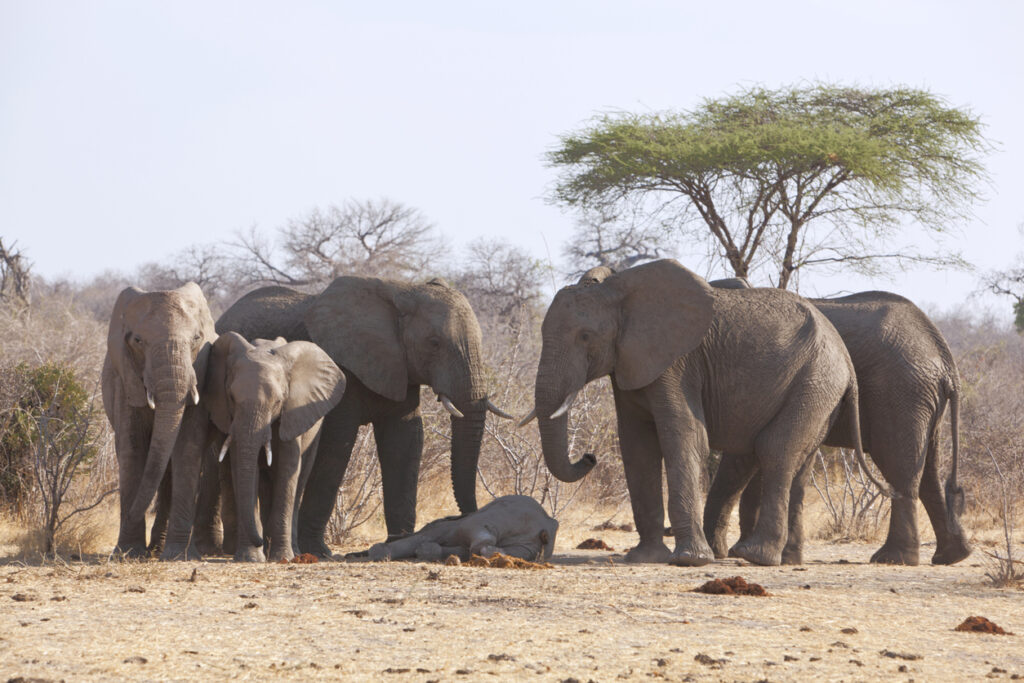
Elephants are renowned for their remarkable emotional lives. They form lifelong bonds, especially among females, who build close-knit friendships and demonstrate profound care for each other. Elephants grieve deeply when a member of their herd dies, often touching and revisiting the bones or body. Their reunions are full of joy, and they have been seen helping injured herd members recover. These behaviors prove elephants possess empathy and emotional complexity that reshape our understanding of love in the animal kingdom.
8. Crows Mate for Life

Crows are highly intelligent birds that form lifelong mating pairs. They can recognize their partner’s calls even within noisy, crowded environments, suggesting a strong emotional connection. This ability helps maintain their bond and coordinate parenting duties across seasons. Their monogamous behavior and vocal recognition point to a sophisticated communication system infused with affection, demonstrating that love and partnership thrive beyond mammals and into the avian world.
9. Wolves Show Nurturing Partnerships
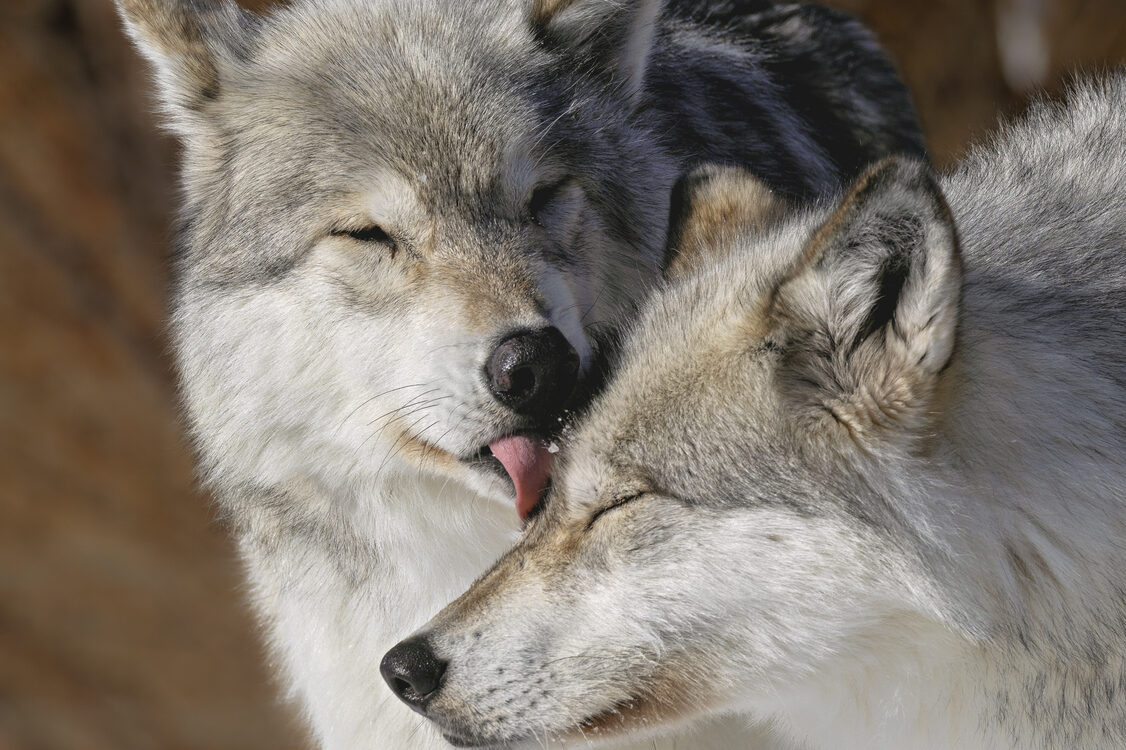
Wolves have historically been described as alpha-driven and hierarchical, but recent research tells a different story about their relationships. Paired wolves often share affectionate and nurturing interactions, raising pups together with cooperative care. These bonds are based on mutual trust and support, not just dominance. This discovery changes how scientists view pack dynamics and highlights love and partnership as key components in the survival and social structure of wolves.
10. Orcas Thrive in Matrilineal Families
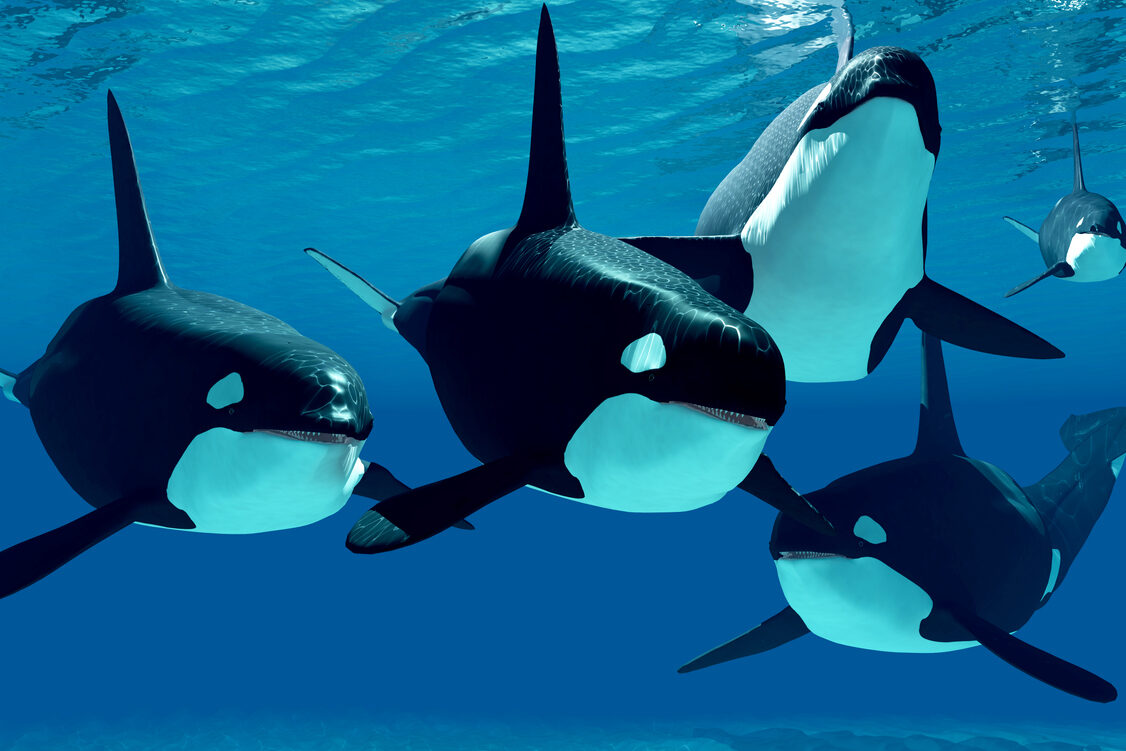
Orcas live in tightly-knit family groups led by females, where sons remain with their mothers for life. This matrilineal structure creates deep, trusting relationships built on care and guidance. Sons rely on their mothers for knowledge and protection, and this extended family system fosters strong emotional bonds that last decades. The orca’s way of life challenges assumptions about animal social groups and emphasizes love’s role in shaping long-term familial connections
This story 10 Animal Relationships That Changed What Scientists Thought About Love was first published on Daily FETCH


